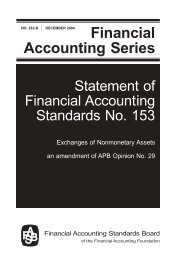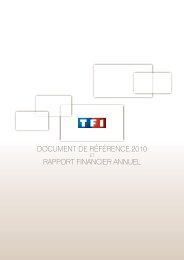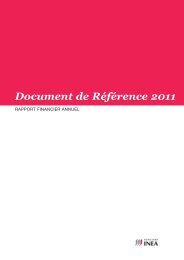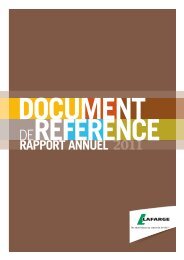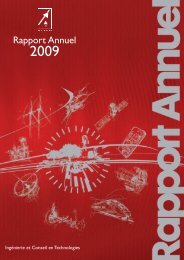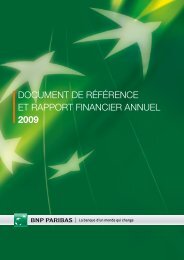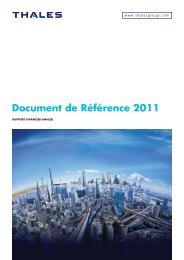Statement of Financial Accounting Standards No. 157 - Paper Audit ...
Statement of Financial Accounting Standards No. 157 - Paper Audit ...
Statement of Financial Accounting Standards No. 157 - Paper Audit ...
You also want an ePaper? Increase the reach of your titles
YUMPU automatically turns print PDFs into web optimized ePapers that Google loves.
etween (1) market participant assumptions developed based on market data obtained<br />
from sources independent <strong>of</strong> the reporting entity (observable inputs) and (2) the<br />
reporting entity’s own assumptions about market participant assumptions developed<br />
based on the best information available in the circumstances (unobservable inputs). The<br />
notion <strong>of</strong> unobservable inputs is intended to allow for situations in which there is little,<br />
if any, market activity for the asset or liability at the measurement date. In those<br />
situations, the reporting entity need not undertake all possible efforts to obtain<br />
information about market participant assumptions. However, the reporting entity must<br />
not ignore information about market participant assumptions that is reasonably<br />
available without undue cost and effort.<br />
This <strong>Statement</strong> clarifies that market participant assumptions include assumptions<br />
about risk, for example, the risk inherent in a particular valuation technique used to<br />
measure fair value (such as a pricing model) and/or the risk inherent in the inputs to the<br />
valuation technique. A fair value measurement should include an adjustment for risk if<br />
market participants would include one in pricing the related asset or liability, even if the<br />
adjustment is difficult to determine. Therefore, a measurement (for example, a<br />
“mark-to-model” measurement) that does not include an adjustment for risk would not<br />
represent a fair value measurement if market participants would include one in pricing<br />
the related asset or liability.<br />
This <strong>Statement</strong> clarifies that market participant assumptions also include assumptions<br />
about the effect <strong>of</strong> a restriction on the sale or use <strong>of</strong> an asset. A fair value<br />
measurement for a restricted asset should consider the effect <strong>of</strong> the restriction if market<br />
participants would consider the effect <strong>of</strong> the restriction in pricing the asset. That<br />
guidance applies for stock with restrictions on sale that terminate within one year that<br />
is measured at fair value under FASB <strong>Statement</strong>s <strong>No</strong>. 115, <strong>Accounting</strong> for Certain<br />
Investments in Debt and Equity Securities, and <strong>No</strong>. 124, <strong>Accounting</strong> for Certain<br />
Investments Held by <strong>No</strong>t-for-Pr<strong>of</strong>it Organizations.<br />
This <strong>Statement</strong> clarifies that a fair value measurement for a liability reflects its<br />
nonperformance risk (the risk that the obligation will not be fulfilled). Because<br />
nonperformance risk includes the reporting entity’s credit risk, the reporting entity<br />
should consider the effect <strong>of</strong> its credit risk (credit standing) on the fair value <strong>of</strong> the<br />
liability in all periods in which the liability is measured at fair value under other<br />
accounting pronouncements, including FASB <strong>Statement</strong> <strong>No</strong>. 133, <strong>Accounting</strong> for<br />
Derivative Instruments and Hedging Activities.<br />
This <strong>Statement</strong> affirms the requirement <strong>of</strong> other FASB <strong>Statement</strong>s that the fair value<br />
<strong>of</strong> a position in a financial instrument (including a block) that trades in an active market<br />
should be measured as the product <strong>of</strong> the quoted price for the individual instrument<br />
times the quantity held (within Level 1 <strong>of</strong> the fair value hierarchy). The quoted price<br />
should not be adjusted because <strong>of</strong> the size <strong>of</strong> the position relative to trading volume




